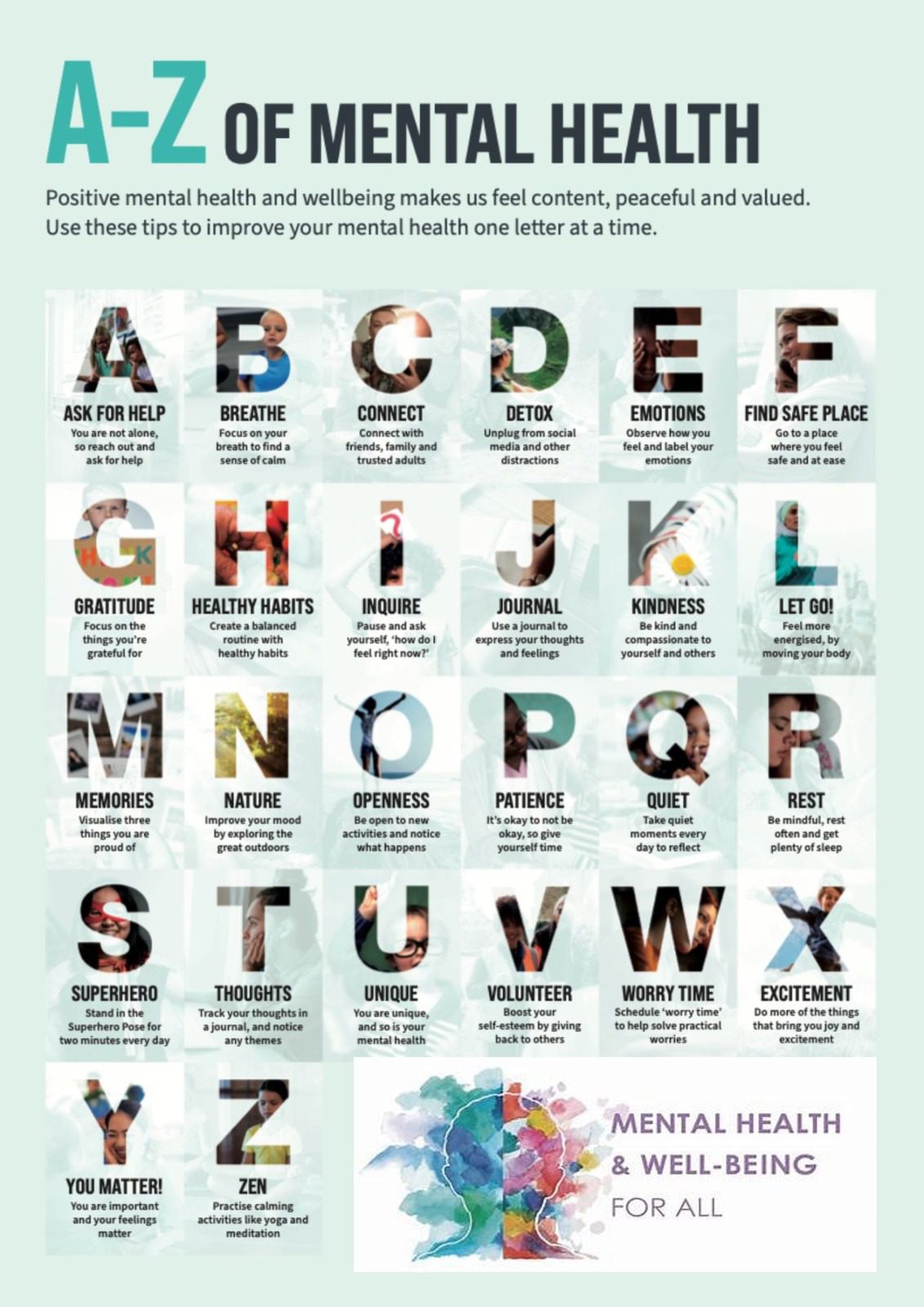
Celebrated on the 21ST OF JUNE
It is not just a coincidence.
It is just the actual acquaintance & quintessence.
Yoga means Union musical fusion with AUM
Sound brings in the vibration, and all the movement originates from there. During meditation, when we chant “AUM”, we create within ourselves a vibration that attunes synergy with the cosmic vibration and starts a universal feeling of oneness of thinking and realization – thought and action. The momentary silence between each chant becomes palpable. The mind moves between the opposites of sound and silence until, at last, it ceases the sound.

In the serene silence, the sanctity and oneness of thought—”AUM”—is quenched; there is no thought. This is the state of trance, where the mind and the intellect are transcended, as the individual self merges with the infinite self in the pious moment of realization. It is a moment when we get liberated from worldly affairs and unite with the universal one.
”Om Purnamadah Purnamidam Purnat Purnamudachyate
Purnasya Purnamadaya Purnamevavashisyate
Om, shanti, shanti, shanti.”
” You are the fullness. There is fullness; here is fullness. From the fullness, the fullness is born. Remove the fullness from the fullness, and the fullness alone remains.” This ancient Vedic mantra means that the whole creation constitutes one whole unit. Every particle, non-living or living, represents the same whole unit. There is no place where this whole is not present. The attune of such a realization contributes to the oneness with the supreme reunion.
We experience this sublime conjugation with the musical vibration from the one and only “AUM’, by doing YOGA to align thoughts, mind, and action to liberate, rejuvenate and ignite Self. In this serene moment, one evokes the elements of nature. Earth, air, fire, water, and ether that has been part of many ancient practices and Eastern philosophies for millennia.
According to Ayurveda, one of the oldest medical systems and sister science of yoga, everything in the universe, including our bodies, is created using the five elements as building blocks. These elements are derived from the universe and are combined in various ways to form diverse entities.
In Ayurveda, the sister science of yoga and one of the oldest medical systems still practised today, those five elements are prithvi (earth), jal (water), agni (fire), vayu (air), and akasha (ether or space). There are different functions in the body that correspond to the energy of each chakra. Based on the Ayurvedic system, everyone has a unique combination of the five elements, with some more dominant than others. Our dosha is determined by the combination of our most dominant elements. The following are the usual combinations:
| Air and ether create the vata dosha. |
| The pitta dosha is a combination of fire and water. |
| The kapha dosha is earth and water. |
Maintaining these combinations in balance is essential, as overindulging in our dominant traits or habits can lead to an imbalance. However, our daily environment, lifestyle, and seasonal changes can significantly impact our balance. As the outside world’s environment changes, so do the elements within our bodies.
THE FIVE ELEMENTS AND THEIR MOVEMENT IN THE HUMAN BODY AND ITS INFLUENCES:
Earth Element (Prithvi) – Correlating mood: calm, grounded, safe, reliable.
Chakra: First (root)—the sense of being, survival, stability, and support.
The earth element invokes calmness, groundedness, safety, and reliability, correlating with moods of calm, groundedness, safety, and reliability. The earth element possesses various qualities, such as enormity, weight, coarseness, and sturdiness. It forms the basis of our bodies, including our bones, flesh, and skin, and contributes to our physical makeup. However, if the earth’s element becomes imbalanced, it can lead to problems with our skin, hair, muscles, and bones, fatigue, weakness, inflexibility, or hunger.
Water Element (Jal) The water element, also known as Jal, is associated with flexibility and adaptability. Correlating
mood: flexibility, fun, creativity,
Chakra: Second (sacral)—the sense of pleasure, flow, and sensuality.
Water elements play a crucial role in sustaining life on Earth. An imbalance in this element can lead to emotional instability, lack of intuition, and dehydration. We must maintain a balanced water element to connect with our emotions and feelings. Any disturbance in its balance can affect various fluid levels in the body, including saliva, reproductive fluids, joint fluid, digestive juices, and blood. An imbalance in the water element can also result in addiction, repressed emotions, or a creative block.
Fire Element (Agni) fire element, also known as Agni, is associated with confidence, discipline, and motivation. Correlating
mood: confidence, discipline, motivation.
Chakra: Third (Manipura)—the sense of self, purpose, and personal identity.
The element described here is associated with the body’s energy production, digestion, transformation, and providing heat and light. This element is also linked to our sense of motivation and independence. A balanced fire element lets us easily tap into powerful emotions such as confidence, inner strength, discipline, motivation, and change. However, when the fire element is imbalanced, one may experience symptoms such as digestive issues, inflammation, fever, irritability, or anger.
Air Element (Vayu) Correlating mood: loving and compassionate awareness, intellect, lightheartedness.
Chakra: Fourth (heart)— relationship, boundaries, balance, and love.
The element of air encompasses various types of movement, such as blood circulation, breathing, thinking, and physical activity. In a state of equilibrium, air brings about a feeling of lightness and positivity. However, when imbalanced, it can manifest as anxiety and indecisiveness, hindering one’s ability to be present and causing conflicts in relationships. Furthermore, an excess or deficiency of air can harm the immune system and hormone production.
Ether or Space Element (Akasha), Correlating mood: spacious, open-minded, universal consciousness,
Chakra: Fifth (throat)—the sense of acceptance, truth, communication, and integrity.
Ether is the most subtle of the elements, representing space and openness. Its influence extends to the spaces within our bodies, including our cells. An imbalance in the ether can lead to blockages, causing us to feel energetically closed off or deprived of time and space. However, when either is balanced, it facilitates clear and honest communication.
So,
Slow, deep breathing is like an anchor in the midst of an emotional storm: the anchor won’t get
rid of the storm, but it will hold you steady until it passes. The deep melancholic strain, overflowing with sound, is confined to the cosmic fusion to realize the infinite vacuum and eternal peace from within.
AUM SHANTI.







